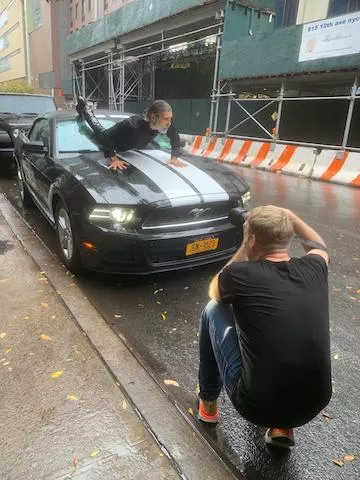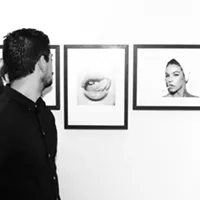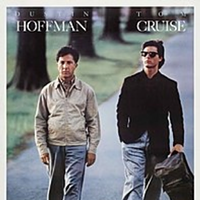


Although Matthew Mills’ current career lies in the fashion photography field, he originally studied Computer Engineering at Georgia Tech University. This puts him in the perfect place to explain how photography and computer science intersect, and how technology can enhance this artistic pastime.
Connecting To Everything
Many people fall into the trap of thinking that computer science is simply about technology, but in fact, it connects to absolutely everything that you could imagine – even the most creative passions and interests. Photography and computer science may seem to be two very different disciplines, but they intersect, with technology enhancing the artistic benefits that photography can provide.
If you were to list all of the areas of life in which computer science is involved, photography probably wouldn’t crop up. Yet – there is a strong association between the two disciplines that Matthew will look at it in more detail here.
Solving Photographic Problems With Computer Science
The heart of computer science is solving problems. Of course, it’s about software and programming too, but all of those things are just the building blocks – it’s problem-solving that is the driving force. When it comes to photography, computer science can be harnessed to improve creative practices surprisingly effectively.
“My interest in photography began when film photography was king,” Matthew reminisces, “but over the years, I fell in love with digital photography, and learned to shoot with purpose.”
Before the rise of the digital camera, photography required a chemical reaction to take place for an image to be captured. Now, digital sensors are capable of sensing the light that is hitting them. The light that hits the sensor is converted into numbers so the computer can understand the data. The digital sensor is formed from grids of pixels, with each pixel capturing individually the amount of light hitting it. This is then stored as a unique number for every pixel on the computer and the total represents the captured image. What does all of this equate to? Computer science.
Art And Science Interconnecting
There is often a misconception that science and art can never intersect. That one is all practical while the other is all creative. This is not the case. Photography is a case in point. Computer science can be harnessed to solve the problems that photography throws up, making every element of this artistic process simpler, from organizing photos and searching through them effectively and speedily, to being able to apply interesting and unusual effects. Without computer science, we simply wouldn’t be able to achieve any of the things that have recently been possible in the field of photography.
Of course, that’s not to say that there isn’t still a place for traditional film. Matthew still has a fondness for a traditional photoshoot with a non-digital camera. However, he admits that without the latest technology, the polished and stylized aesthetic that he strives towards would simply not be possible.
If you want to know more about Matthew and his work – please see below:



